The first major town on our trip, Verona, has a lot to offer in terms of historical sites, as well as some cultural education, and a real nice atmosphere in the old town.
Back from Valpolicella, we leave the car in an underground parking for the next few days, and explore Verona on foot. Altogether, the historic centre, where we have our hotel and where the many guidebook attractions are, isn’t particularly big, in half an hour you reach everywhere, walking.
Nearest to our hotel is the most famous of the Verona attractions, the Arena, one of the largest Roman amphitheaters ever built. This one was completed in 30 AD, collapsed in an earthquake in 1170, but was restored afterwards to its present glory. Unfortunately, we are too late for the Summer opera season, when the Arena holds some 22,000 spectators to performances of Italian opera. In fact, the Arena is almost deserted as we get there – the tourists that normally flock to this site have all stayed home. Which provides a spectacular view in its own right.
The four churches we visit are spread over town, the largest being the 12th Century San Zeno basilica, which is outside the historic centre. A fabulous building, enormous, really, with red-and-white mason work we see all over Verona, also expressed in the very tall bell tower (72 m high). But what is more surprising is the inside of the church, nothing of the usual heavy and dark interior, but light and spacious, thanks to large windows not filled with stained glass, but just the clear variety.
The three others are the also 12th C Duomo, at the far edge of the peninsula that forms the historic centre, the Sant’ Anastasia church – that after its 14th C reconstruction was named after a Dominican martyr Peter, but has reverted to its old name, because the people of Verona kept on calling it Anastasia -, and the 14th C San Fermo. Interestingly, each of the churches look different again, although in those last three the traditional, darker and more solemn atmosphere prevails. As much as a church, these are art galleries, richly decorated with frescos, with paintings and painted cupolas and ceilings of the leading artists of the time – mostly 13th/14th Century. The last church, San Fermo, is in fact two churches, an upper one and a lower one – the latter, with its frescoed pillars and arches, really giving you the feeling of being in an underground vault. Another observation: the decoration of the churches has been going on for centuries, so the average church collection is quite chaotic, with 14th Century masterworks next to 17th Century masterworks. But what is nice, is that there are also quite a few modern additions, not so much yet in replacing those valuable paintings, but a set of modern chairs for the priests, or a modern sculpture, makes for a difference.
What we had not expected, is that we enjoyed the museum in the Castelvecchio, itself an impressive military fortification built in the 12th Century – things are really old here! The collection of the museum consists of a range of frescoes, that have been taken from private houses, and lots of 13th and 14th Century paintings, many of famous Italian masters like Bellini, Tipoli, Tintoretto and Verona’s own Paolo Veronese. Normally we are not so of the old, classic paintings, but the collection in the museum did give a very interesting overview, great differences in not only subject matter but also techniques, and details in some paintings that were completely absent in other, contemporary works. And yes, in those days plenty of difficulties with getting the proportions right, of course! Here are a few more of the museum’s top pieces.
Our preference is normally more geared towards modern art, so we had great hopes for the Galleria d’arte Moderne, covering late 19th C to 1940 or thereabouts. Which turned out to be a great disappointment, I guess everything Italy is so classic, that modern painting didn’t really come off the ground in this country, at least not in Verona. Where our recent Czech experience was a fabulous one, discovering Czech cubism and a range of attractive modern art in several museums throughout the country, the collection of the Galleria d’arte Moderne was mostly, well, an exercise in staying close to the Italian classics, most certainly in colour settings. We were outside again in 20 minutes.
Next to the Galleria is the Torre dei Lamberti, 84 meters high, 368 steps to the top. Thankfully, they also have a lift! As expected, at the top a great view over town, in all four directions. The viewing area is outside, and protected against pigeons by netting. In which, helpfully, several holes have been made to put your camera lens through, should you want to take pictures. Pragmatic, those Italians.
And for the rest we just enjoyed the old town, with several piazzas, a range of balconied buildings (Verona and its balconies!) and narrow streets where the houses seem to come together at the top. Lowlight, perhaps, is Giulietta’s balcony, from the story of Romeo and Juliet, which is, somehow, an enormous tourist attraction, given far more importance than a rather unreliable myth deserves. Lots of people are waiting to pay lots of money for a brief moment on the balcony – to be photographed, of course, not serenaded, by their loved ones, and that all on the basis of a vague love story. We enjoyed the bars and restaurants, instead, where we had a re-sampling of the Valpolicellas and the Soaves, and some good Italian food. This is going to be another highlight, this trip.
From here, we go to Venice.



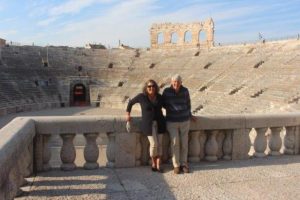
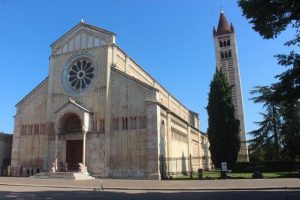
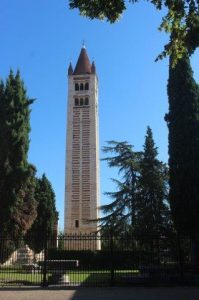

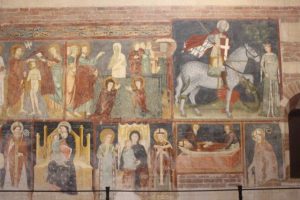
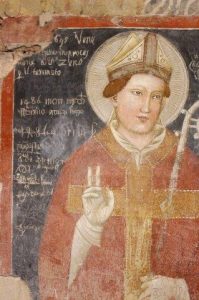
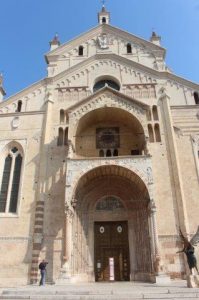
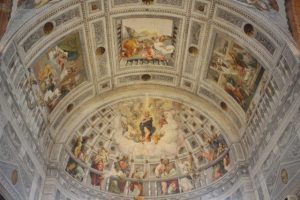
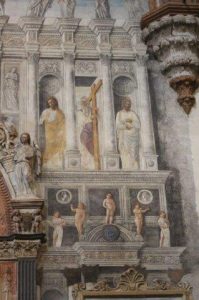


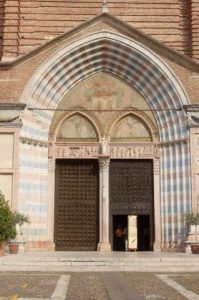

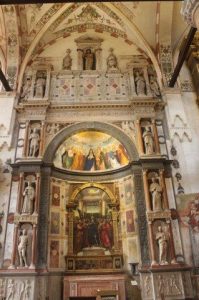

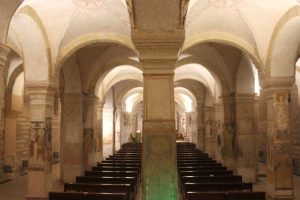
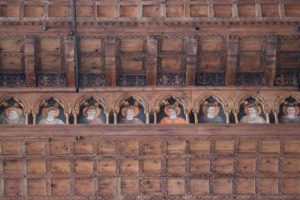

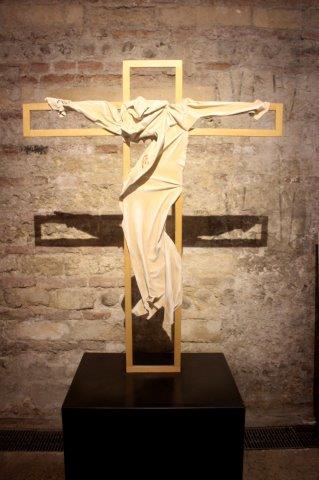
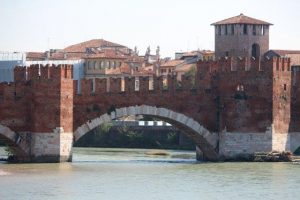

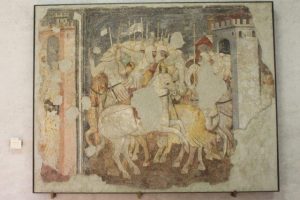


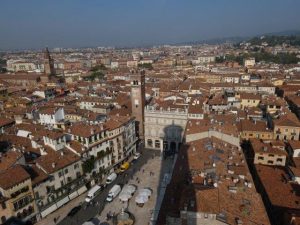
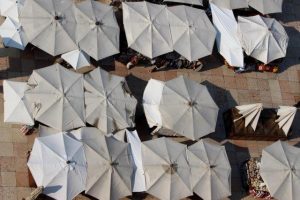
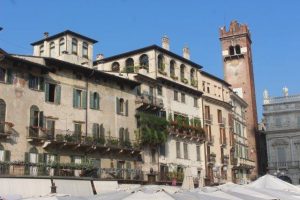
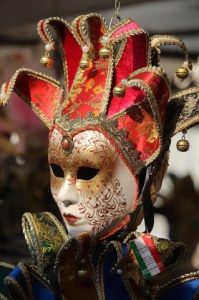

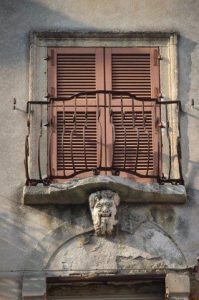
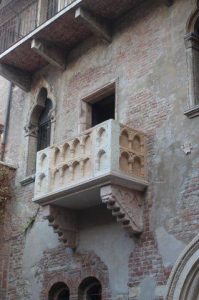

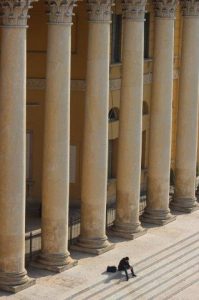










Prachtige stad met veel culturele hoogtepunten!
De volgende keer een opera in de buitenlucht en dat maakt het bezoek compleet???